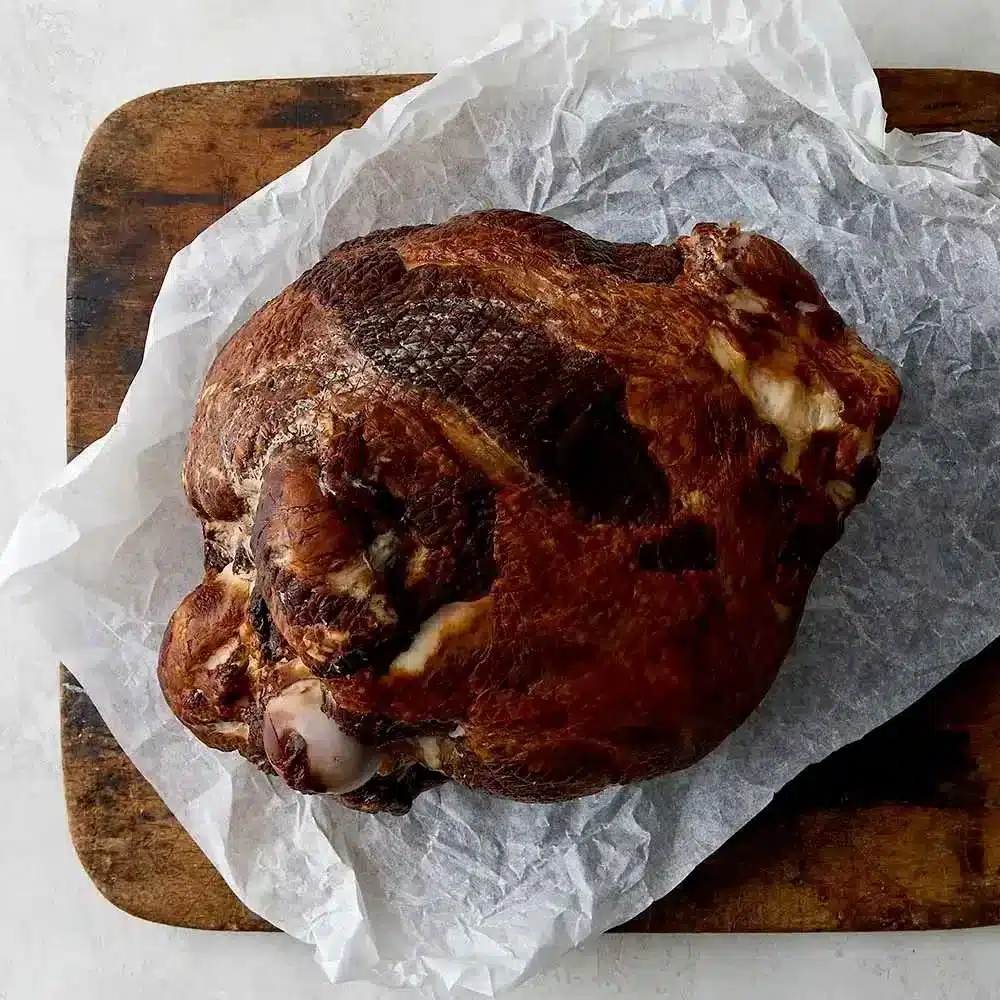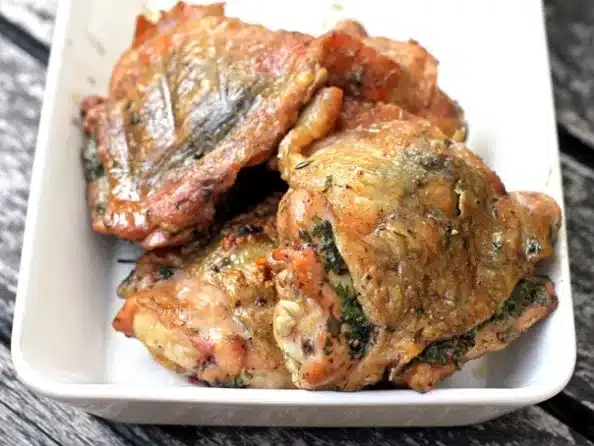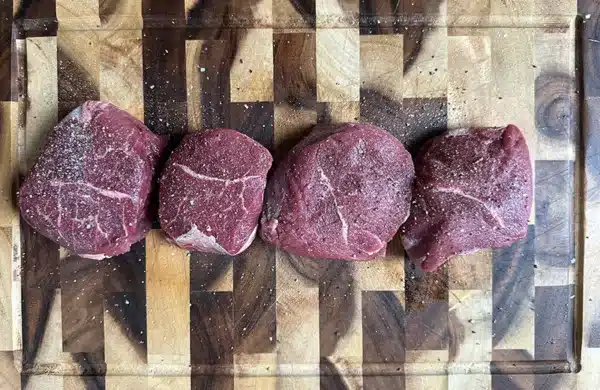Dry Aging: What It Is and Why We Think It’s Important

Dry-aging beef is essentially allowing whole or primal cuts of beef to hang in a humidity controlled environment with a constant flow of air in temperatures between 34-36 degrees for 10 to as many as 45 days.
Why do this? There are three main benefits to dry aging:
- Concentration of flavor as moisture is lost. This can also cause substantial weight loss due to decrease in water volume, which is why dry-aged beef can be more expensive.
- Tenderization as enzymes break down tougher muscles and connective tissues.
- Increased flavor complexity as fat begins to oxidize and multiple enzymatic and bacterial actions occur. Similar to what happens with wine or cheese, flavors that develop can be nutty, full of umami, and sometimes almost “funky”.
The truth is that all beef must be aged for a minimum of 4-5 days. Eating beef immediately would yield a tough, leathery meat with little flavor. For centuries butchers and hunters have known that aged meats yield tender and flavorful cuts.
What about “wet-aging“? Wet-aging became popular when plastics started to play a larger role in how our food is packaged. After being cut almost immediately, beef is “aged” in a vacuum-sealed plastic bag while in transport. Because wet-aging requires less area to store inventory and results in almost no moisture loss, there is significant cost savings over traditional dry aging to industrial producers. We think there is almost no flavor benefit, and under-aged / wet-aged meat tends to have a highly metallic flavor.
Aging grass-fed beef adds another layer of complexity. Because grass-fed beef is higher in linolenic acid and the good omega-3 fats, it oxidizes and ages much differently. If you have ever had a tough, leathery piece of highly metallic flavored grass-fed beef, it was probably under-aged. On the other hand if you ever have had a piece of grass-fed beef that had an intense gamey flavor, it may have been aged for too long.
We dry-age our grass-fed beef for 10-15 days, which results in what we believe to be the right balance of flavor development and tenderization. Our customers tell us that our beef tends to have less of a metallic taste and more of a savory, earthy, and nutty flavor.
As this is only our humble opinion, we invite you to try for yourself!
Related Posts

Grilled Mediterranean Chicken Thighs
This straightforward and fresh recipe for chicken thighs on the grill brings out the flavors of heritage pasture-raised chicken.

Walden Family Farmers: Jamie and Amy Ager
This is about building something better—for the land, for farmers, for communities, and for the future.

Learning to Love the Scotch Tender
Scotch Tender isn’t just a quirky cut. It’s a reminder of what real, pasture-raised meat is all about: variety, flavor, and connection to your food.